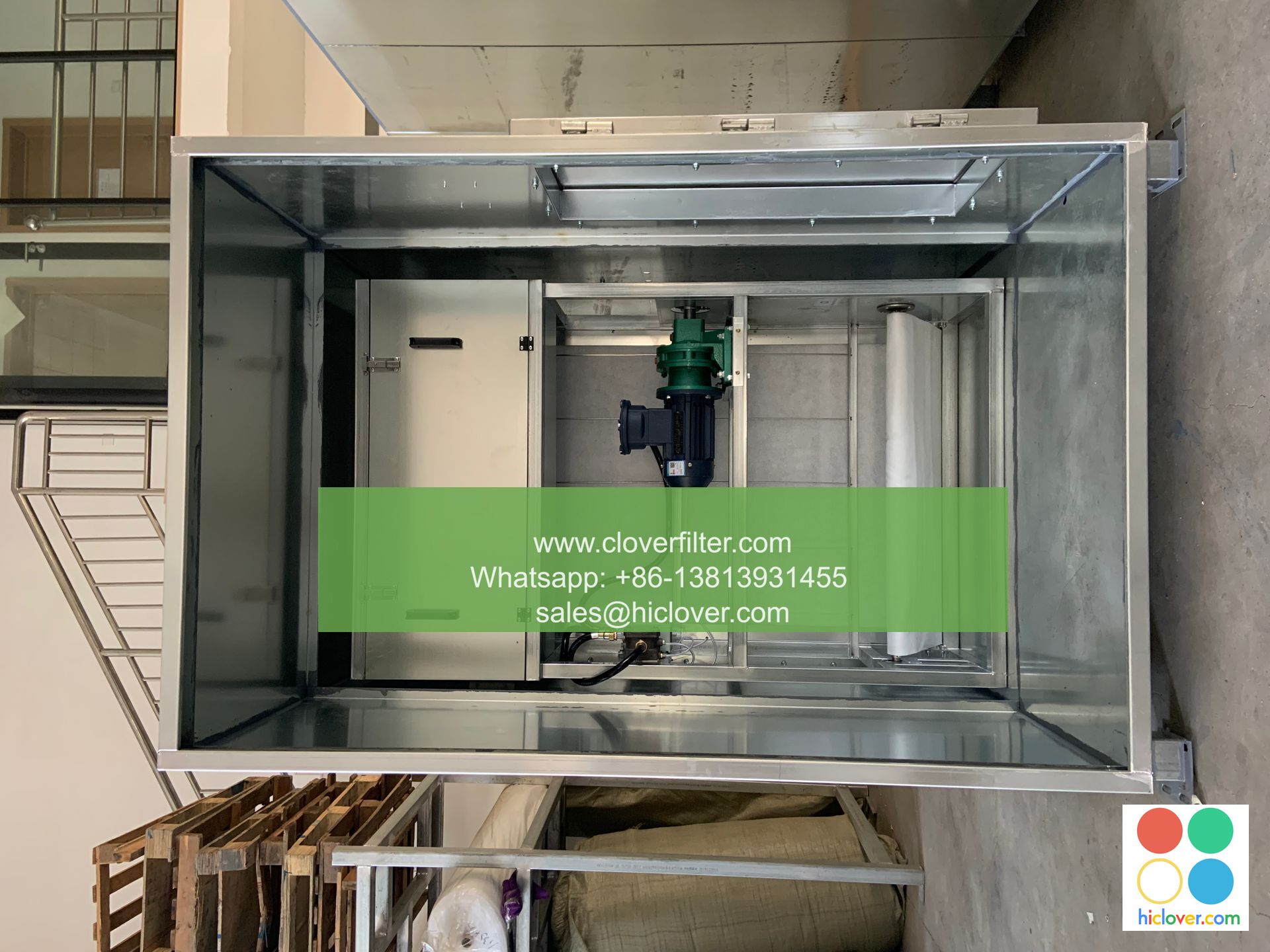The Science Behind How High-Performance Air Filters Remove Gases

The Science Behind How High-Performance Air Filters Remove Gases
Introduction
Air pollution is a growing concern worldwide, with gases such as particulate matter (PM), nitrogen dioxide (NO2), and volatile organic compounds (VOCs) posing significant health risks. High-performance air filters have emerged as a crucial solution to mitigate these risks by effectively removing gases from the air. In this article, we’ll delve into the science behind how these filters work and explore their applications in various industries.
The Science of Gas Removal
High-performance air filters use a combination of technologies to remove gases from the air. The primary mechanisms involved are:
- Adsorption: This process involves the attraction of gas molecules to the surface of the filter material, where they are trapped and held in place.
- Absorption: In this process, the filter material absorbs the gas molecules, which are then trapped within the material.
- Chemical Reaction: Some filters use chemical reactions to convert the gas molecules into harmless compounds, which are then removed from the air.
- Activated Carbon: Known for its high surface area and adsorption capacity, activated carbon is effective in removing VOCs and other organic compounds.
- Zeolites: These microporous materials have a high surface area and are effective in removing gases such as NO2 and CO.
- Ceramic Fibers: These fibers have a high surface area and are effective in removing PM and other particulate matter.
- Industrial Processes: Filters are used to remove gases and pollutants from industrial processes, such as chemical manufacturing and oil refining.
- Building Ventilation: Filters are used in building ventilation systems to remove pollutants and improve indoor air quality.
- Automotive: Filters are used in vehicles to remove pollutants and improve air quality.
- Aerospace: Filters are used in aircraft and spacecraft to remove pollutants and improve air quality.
- Medical: Filters are used in medical equipment and facilities to remove pollutants and improve air quality.
Filter Materials
The choice of filter material plays a critical role in determining the effectiveness of gas removal. Common materials used in high-performance air filters include:
Applications
High-performance air filters are used in a variety of applications, including:
Conclusion
High-performance air filters are a crucial solution to the growing problem of air pollution. By understanding the science behind how these filters work, we can appreciate the importance of selecting the right filter material and technology for a given application. Whether in industrial processes, building ventilation, automotive, aerospace, or medical applications, high-performance air filters play a vital role in removing gases and improving air quality.
I’m ready! What would you like to talk about or have me help you with? Do you have a specific topic in mind or a question you’d like to ask?

